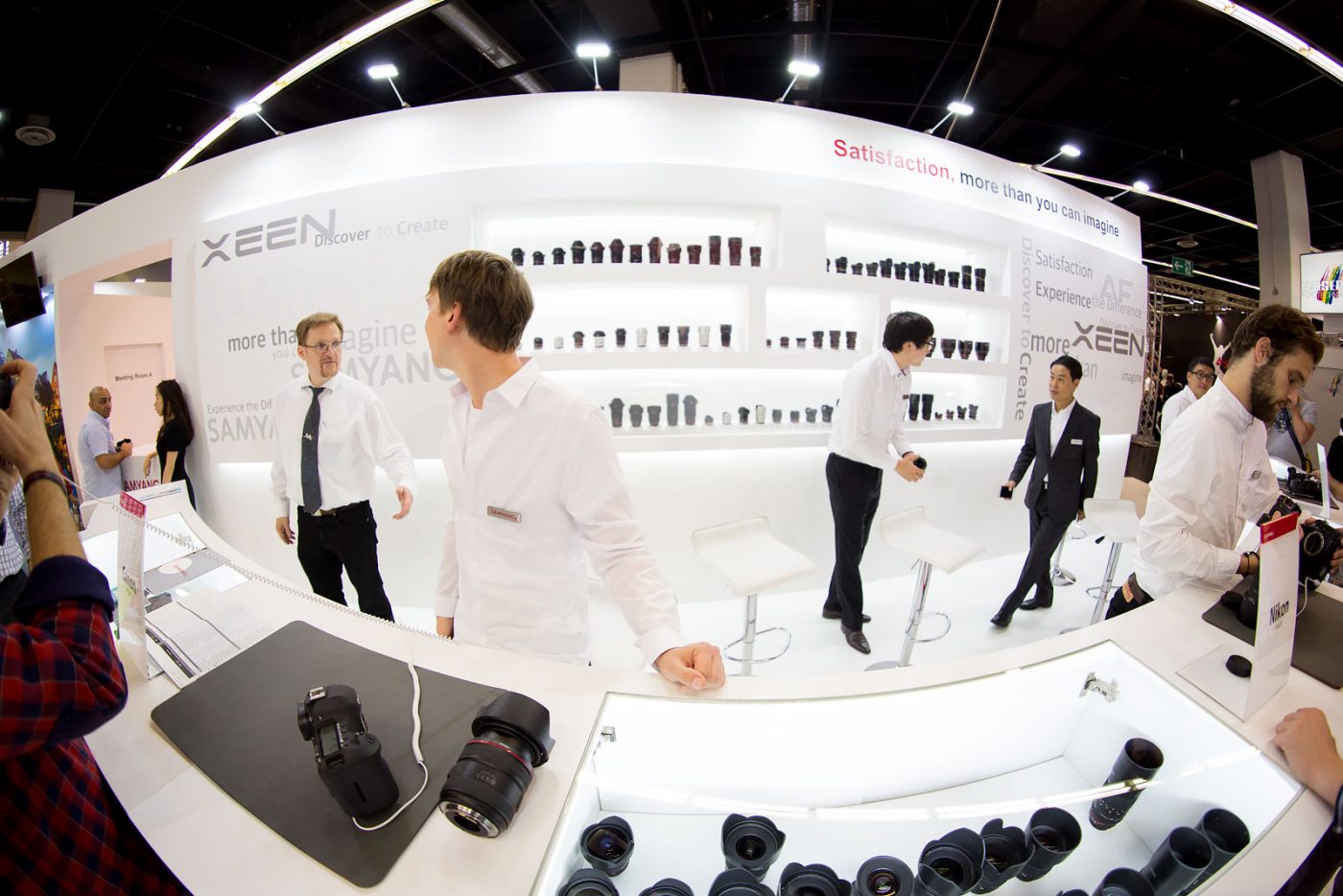I just got out of an Adobe “Press Only” press conference. We heard from a few different people, but including Elia Locardi of Fstoppers (semi)fame. Adobe has made two announcements this week: first, the iOS version of Lightroom now support RAW files, and their LR cameras can shoot Adobe DNG format RAW photos. This has been available on Android for several months, but many Apple aficionados have been eagerly awaiting this development.
Their second announcement was about the Adobe Stock Photo program upgrade, which uses a remarkable algorithm to auto-tag your images, streamlining the upload process so that you can spend more time shooting and less time selling. You can upload your images directly from Lightroom, and the website will then analyze the photo and detect the subject, dominant colors, and themes. According to today’s speakers, the Adobe system can tag photos more effectively than the majority of Adobe Stock photographers.
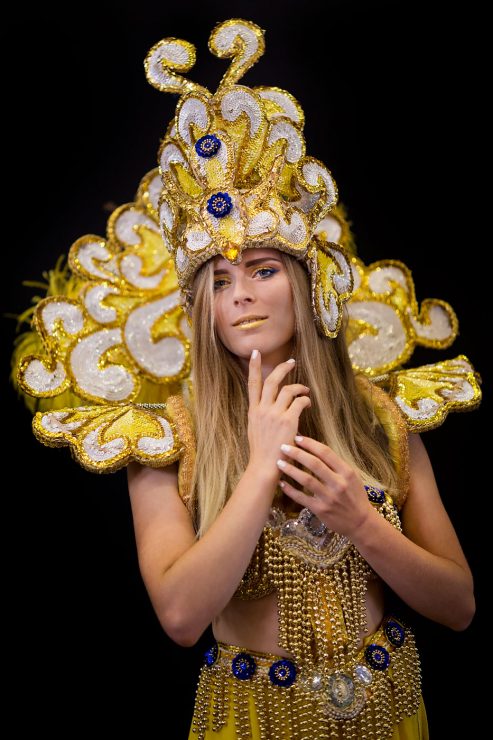
One of the great things about Photokina, perhaps the only real advantage that is has over domestic expos like PDN’s PhotoPlus, is that it has an equipment loaning service: I can pick up any of dozens of lenses from the major manufacturers, along with a more limited number of cameras, and test them out all day… for free. In fact, the only deposit is my ID.
Most of the available lenses are ones that I’ve spent a considerable amount of time with already, but I rarely shoot with Zeiss lenses, so today I picked up a Zeiss Milvus 85mm f/1.4 and tracked down a couple of the models that I’ve become familiar with.
The lens is huge and heavy. Perhaps it’s the fact that I’ve been traveling for over a week, but I’m not as tolerant of heavy glass as I once was. Unlike autofocus lenses, the focus throw on the Zeiss is very long; it takes a couple of twists of the wrist to get from one end to the other. This allows for very fine focus control, but it also makes it very slow to focus… especially with moving subjects and in crowds. I missed focus frequently.
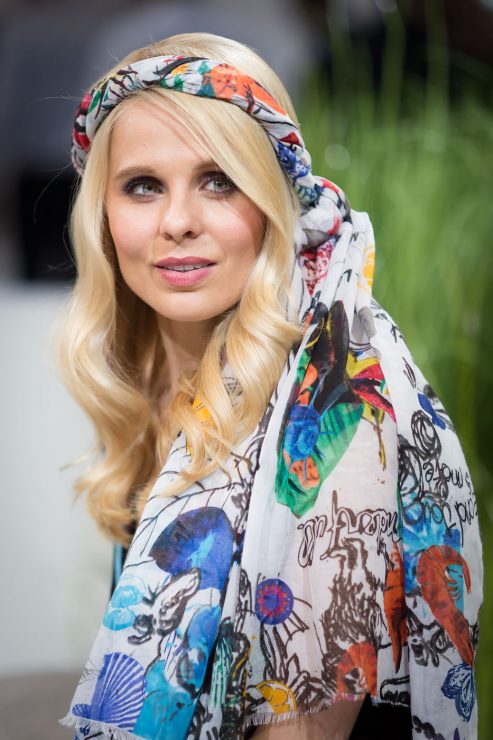
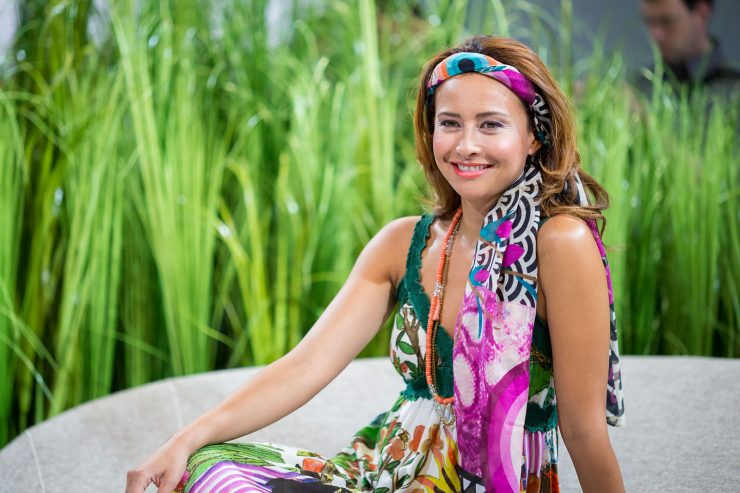
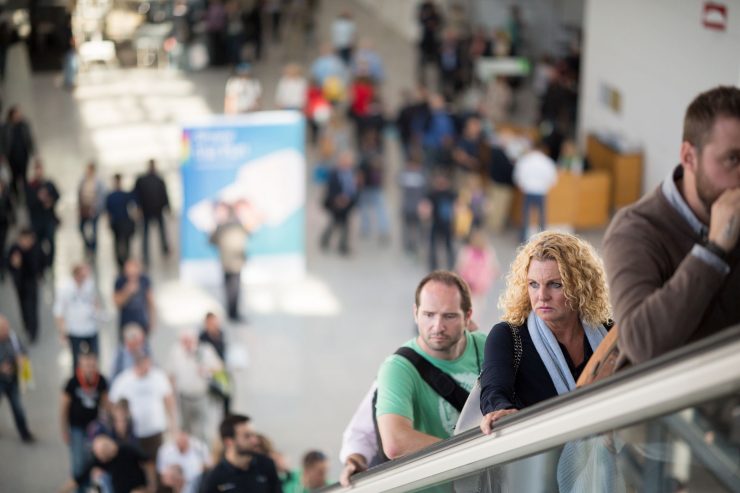
I also spent some time visiting lens manufacturers that are either very small or that otherwise aren’t as useful to me. I checked out Samyang’s lineup, including a fun fisheye zoom, and their new autofocus lenses (on Sony).
And for the first time, I believe, I held a Russian ZENIT lens in my hand (and put it on my camera). The people working the booth completely ignored me. I have no idea what they were doing, but they were very distracted. So I didn’t wait for permission to use the lenses that were out on display. I took a picture of the only other guy who came up to lean on their counter. The lens impressed me about as much as their customer service did.
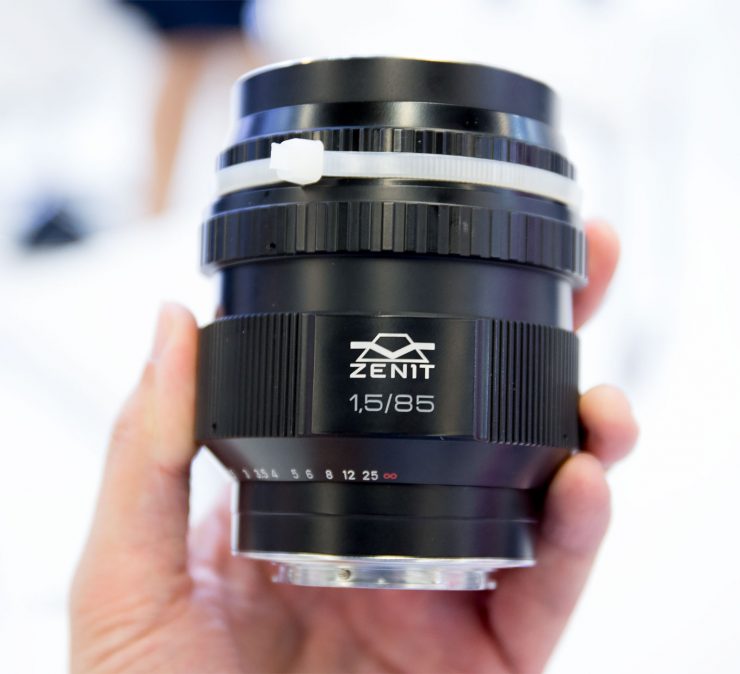
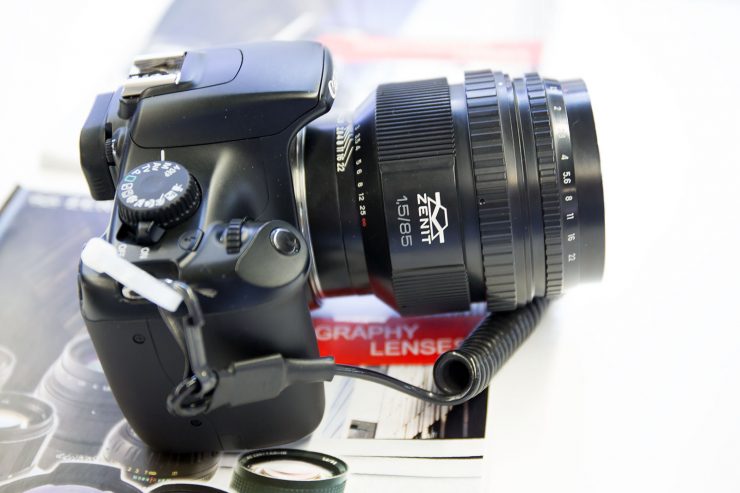
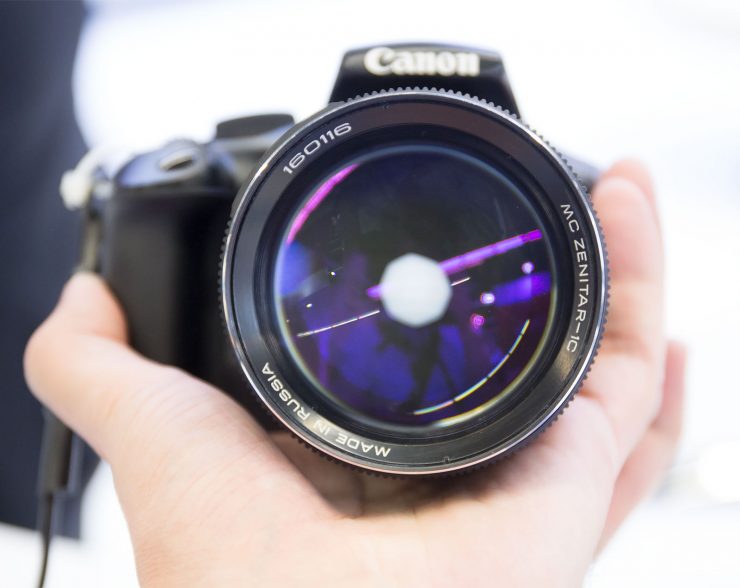
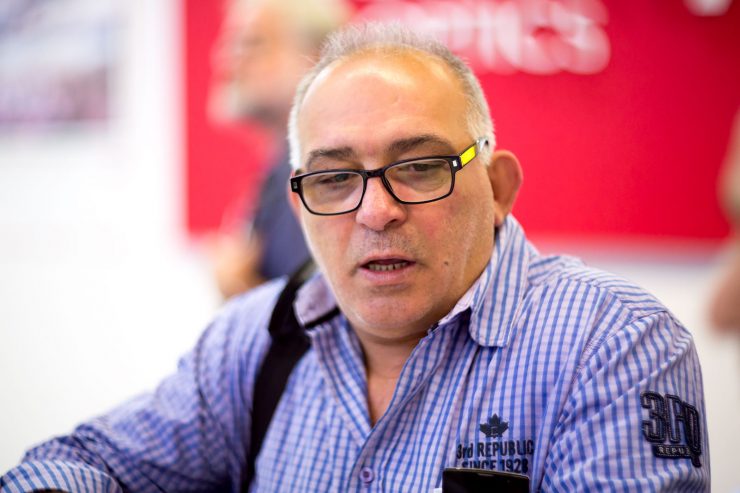
As a final note, I will leave you with this: a brief comparison of a photo from Samyang’s 12mm fisheye and the 12mm end of Sigma’s new 12-24mm f/4 ART zoom.
First, here’s the Samyang:
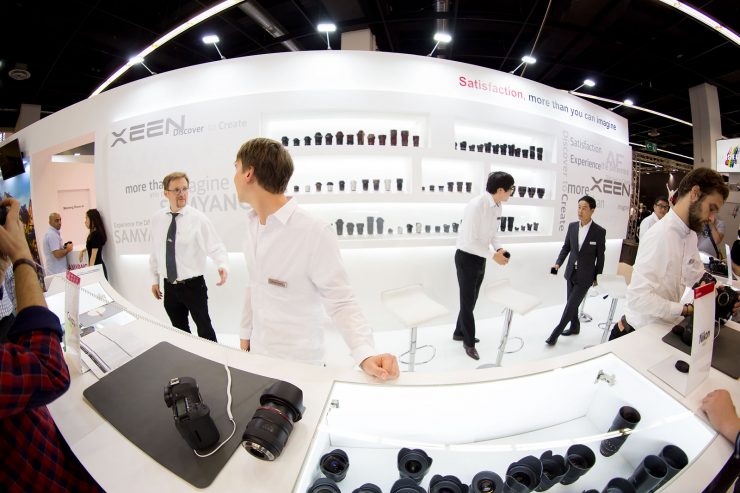
And here’s the Sigma, at 12mm:
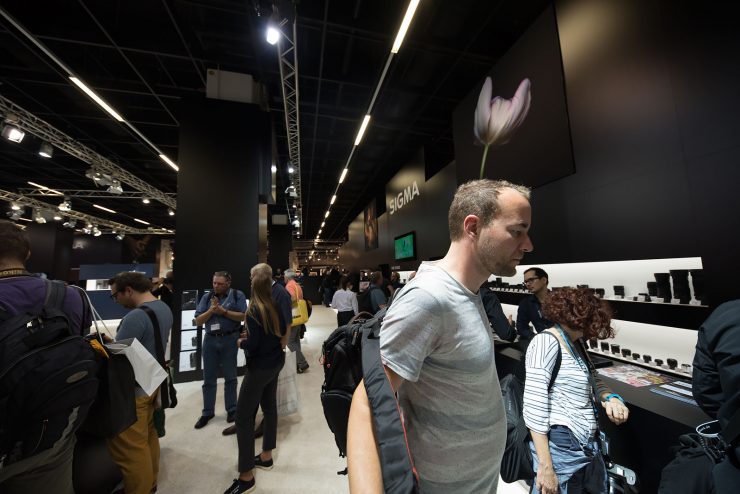
And now that I’ve come all this way, I think I’ll go spend some time taking pictures in the city of Cologne, tomorrow. After I look up what the street photography laws are around here.

